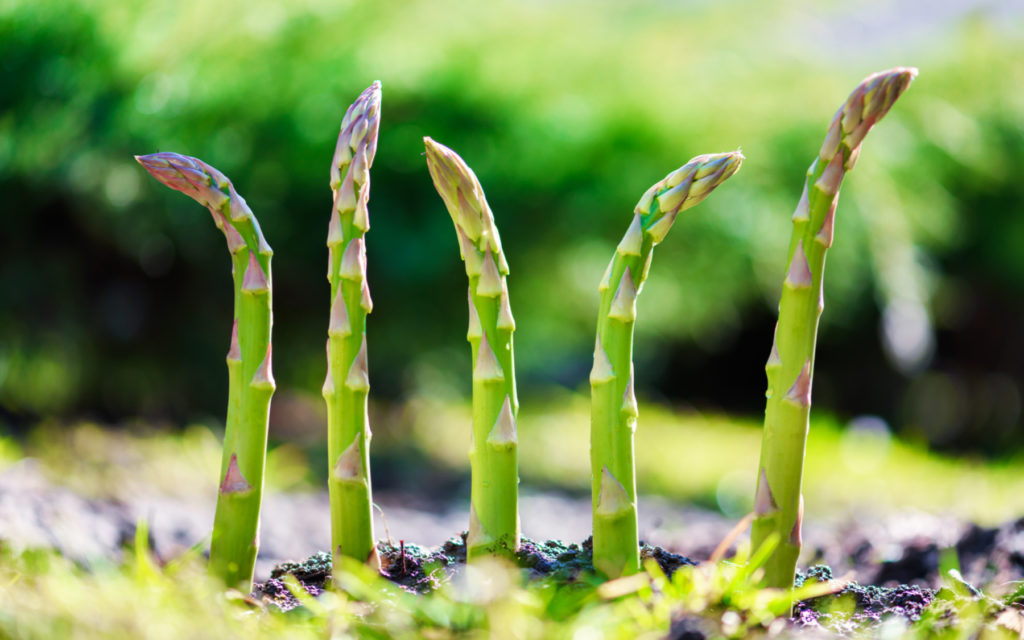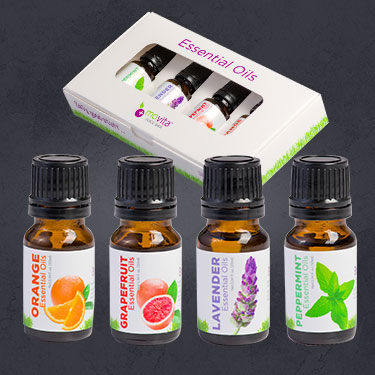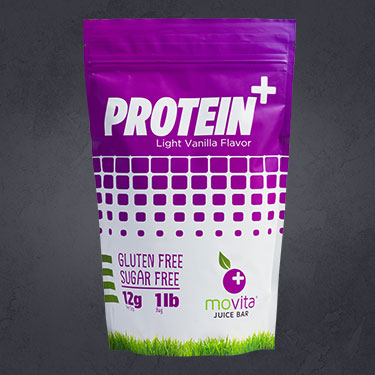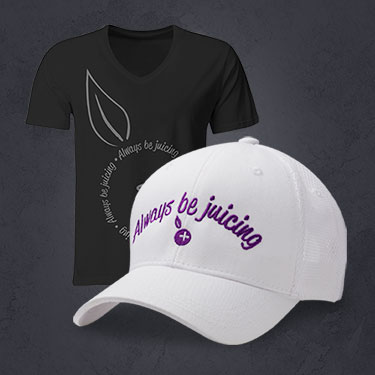
Asparagus has been consumed as a vegetable for over two thousand years. It originated in the countries of the eastern Mediterranean region and remnants of wild asparagus have been found in northern and southern Africa. Archeologists have discovered asparagus seeds in ancient pyramids. In the Middle Ages, healers believed that asparagus could function as a restorative tonic and as a laxative. Louis XIV, of France, cultivated many varieties of asparagus in his 18th century gardens and popularized asparagus throughout Europe.
What is asparagus?
Asparagus is the shoot of the asparagus plant; the shoot is usually called a spear. The spear rises from an underground stem called a crown.
Nutrition benefits
Asparagus is an excellent source of vitamins A, B, C and folacin. It is the best food source of the most powerful antioxidants. Asparagus is one of the richest sources of rutin, a drug which strengthens capillary walls. It is very low in sodium and calories; 3 to 4 spears provide just 10 calories.
Asparagus rainbow
There are over three hundred varieties of asparagus, with twenty of them being edible. The edible are divided into three main categories by color:
• Green asparagus: this is the most common type of asparagus.
• White asparagus: grown in the dark, by covering the spears with peat moss or dirt, white asparagus is harvested as soon as it emerges from the ground. Known more for its looks than its taste, white asparagus is more tender than the green variety, but has less flavor. It is generally more expensive than green asparagus.
• Purple asparagus: this variety is harvested when it is only four or five inches long and has a fruity, sweet flavor. It loses most of it’s purple color when it is cooked.
Fresh, frozen or canned?
Asparagus is harvested in the spring, which means you will find the best quality and value for this vegetable from April to June.
• If purchasing fresh asparagus, look for thin spears that are uniformly colored, crisp and tightly packed
• Store fresh asparagus, which is very perishable, in the refrigerator, in perforated container
• If you go overboard on your asparagus purchases, you can blanch whole asparagus spears, put them single file in storage containers and freeze them. They’ll last for up to 6 months in the freezer. To blanch: place in boiling water for one minute and then cool quickly in ice or cold water.
• Frozen and canned asparagus are available year round, in the form of asparagus tips, whole spears and cut pieces. Frozen asparagus is closer to the texture, color and flavor of fresh asparagus.
Cooking tips
• Fresh asparagus needs to be cooked quickly and served right away, or cooled for later eating.
• Quickly steam asparagus, allowing it to cook only until it begins to change color.
• Frozen asparagus can be quickly steamed
• Both fresh and frozen asparagus can be microwaved. Place whole spears on a microwave-safe dish, sprinkle with water, cover the container and microwave until tender. Arrange the asparagus so the spears are pointing to the center and the tougher stalks are on the outside.
• Use fresh or frozen cooked asparagus as a side dish, sprinkled with chopped green onions or fresh herbs, as a garnish for cooked rice or pasta or in salads.
• Canned asparagus does not require cooking, and can be tossed into green, pasta, rice, poultry or seafood salads and used as a garnish for soups.
• Never cook asparagus in iron pots. Asparagus contains tannins which will react with iron, creating an off-colored asparagus.
DISCLAIMER: These statements have not been evaluated by the FDA. The information is for informational purposes and is not intended to treat, diagnose or cure any illness. Consult a physician before taking any action.
Want to contribute great content?
We are looking for contributors provide our readers with great healthy content to encourage positive living. If you're interested in becoming a contributor pease email us at blog@movitajuicebar.com



